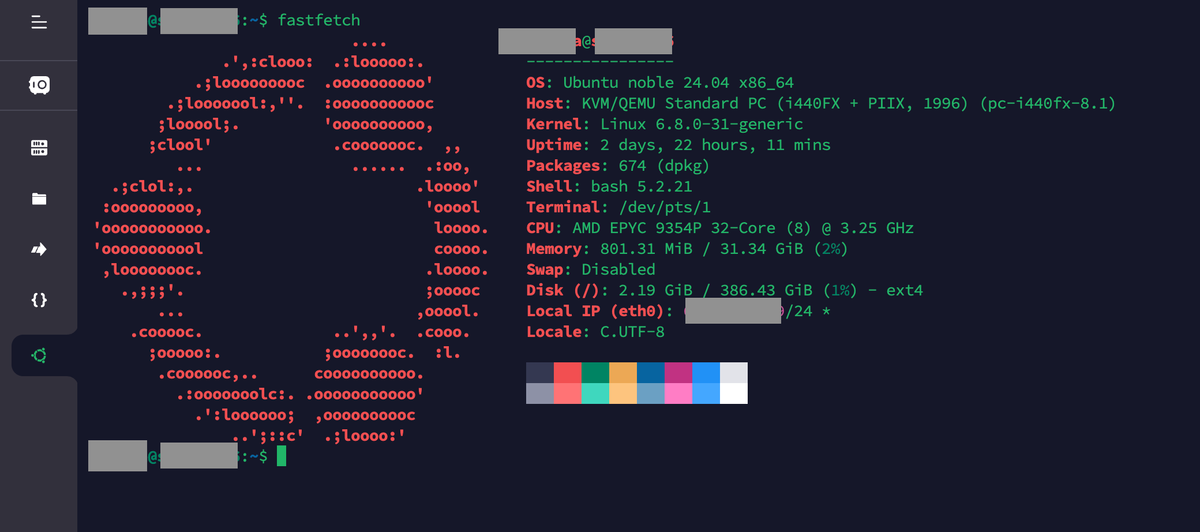Fastfetch: My Preferred Alternative to the Discontinued Neofetch

Hey folks! I've always enjoyed using Neofetch to display my system information in a visually appealing way. However, with Neofetch being discontinued, I've been on the hunt for a suitable replacement. After exploring various options, I've found Fastfetch to be my personal preference.
Why Fastfetch Stands Out
- Blazing Fast: The most noticeable advantage of Fastfetch is its speed. It generates the system information output in the blink of an eye, making it significantly faster than Neofetch.
- Customizable: Fastfetch offers a plethora of customization options. You can tweak almost every aspect of the output, from the colors and fonts to the specific information displayed. This allows you to create a personalized look that matches your style and preferences.
- Active Development: Fastfetch is an active project with a thriving community. This means you can expect regular updates, new features, and ongoing improvements.
Installing Fastfetch
Getting Fastfetch up and running on your system is a breeze:
Debian/Ubuntu (20.04 or newer):
- Download the appropriate
.debfile from the Fastfetch GitHub releases page. - Double-click the file to install using the package installer.
Debian/Ubuntu (22.04 or newer):
- Add the PPA:
sudo add-apt-repository ppa:zhangsongcui3371/fastfetch - Install Fastfetch:
sudo apt install fastfetch
Arch Linux:
- Install from the Arch User Repository:
sudo pacman -S fastfetch
Fedora/CentOS/RHEL:
- Enable the COPR repository:
sudo dnf copr enable atim/fastfetch - Install Fastfetch:
sudo dnf install fastfetch
Using Fastfetch
Once installed, using Fastfetch is incredibly simple:
- Open your terminal: Launch your preferred terminal emulator.
- Type
fastfetch: Enter the commandfastfetchand press Enter. - Enjoy the output: Fastfetch will instantly display your system information in a visually appealing format.
The default output includes:
- OS: Your operating system name and version.
- Kernel: Your kernel version.
- Host: Your hostname.
- Uptime: How long your system has been running.
- Packages: The number of installed packages.
- Shell: Your current shell.
- Resolution: Your screen resolution.
- DE/WM: Your desktop environment or window manager.
- Theme: Your GTK theme.
- Icons: Your icon theme.
- Terminal: Your terminal emulator.
- Terminal Font: Your terminal font.
- CPU: Your CPU model and speed.
- GPU: Your GPU model and driver.
- Memory: Your memory usage.
- Disk: Your disk usage.
You can further customize the output using various command-line options and configuration files. For detailed instructions and customization options, refer to the Fastfetch GitHub page: https://github.com/fastfetch-cli/fastfetch
Conclusion
While it's sad to see Neofetch go, I believe Fastfetch is a worthy successor. It offers a compelling combination of speed,customization, and community support that makes it a great choice for any Linux enthusiast. If you're looking for a new way to showcase your system information, I highly recommend giving Fastfetch a try.